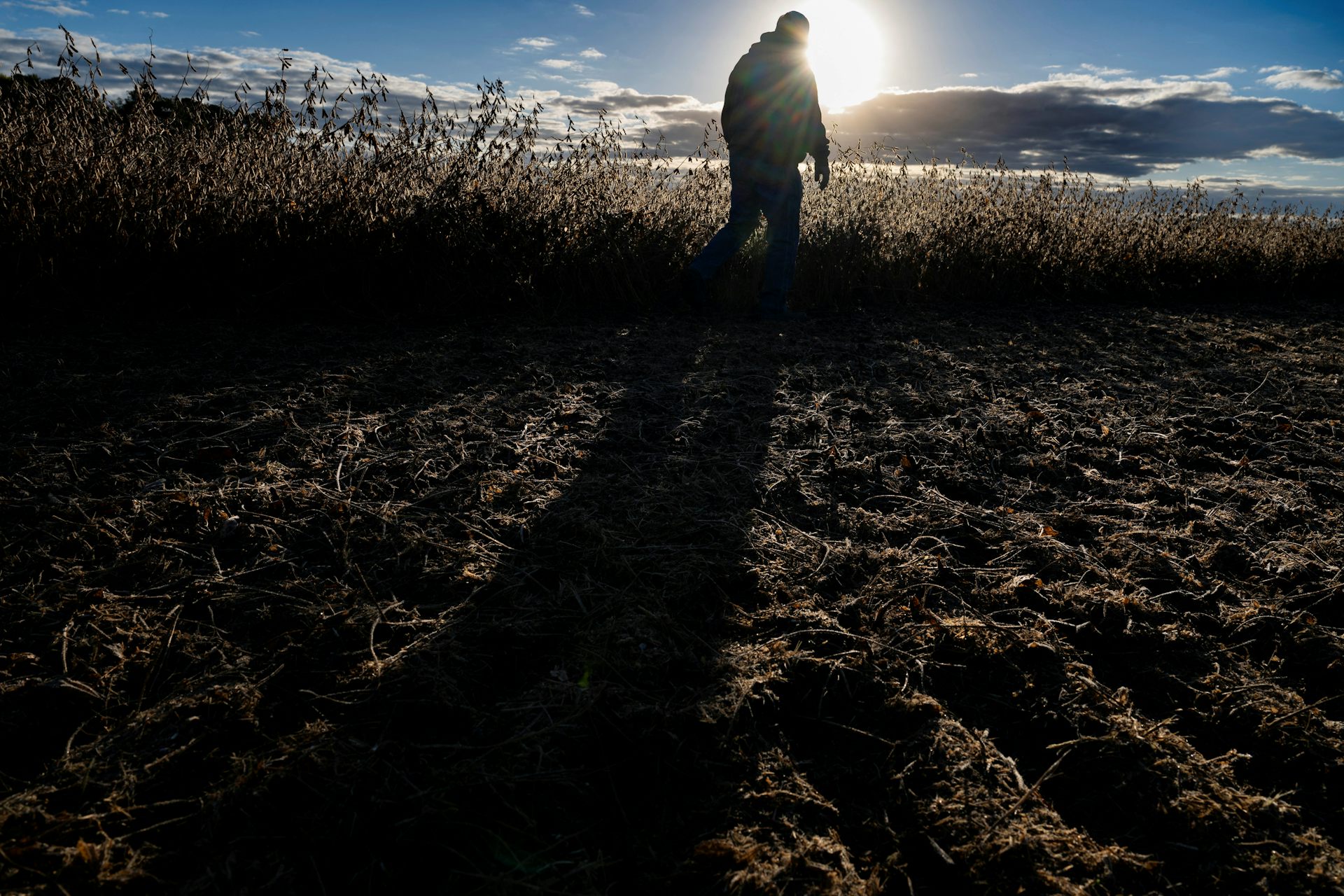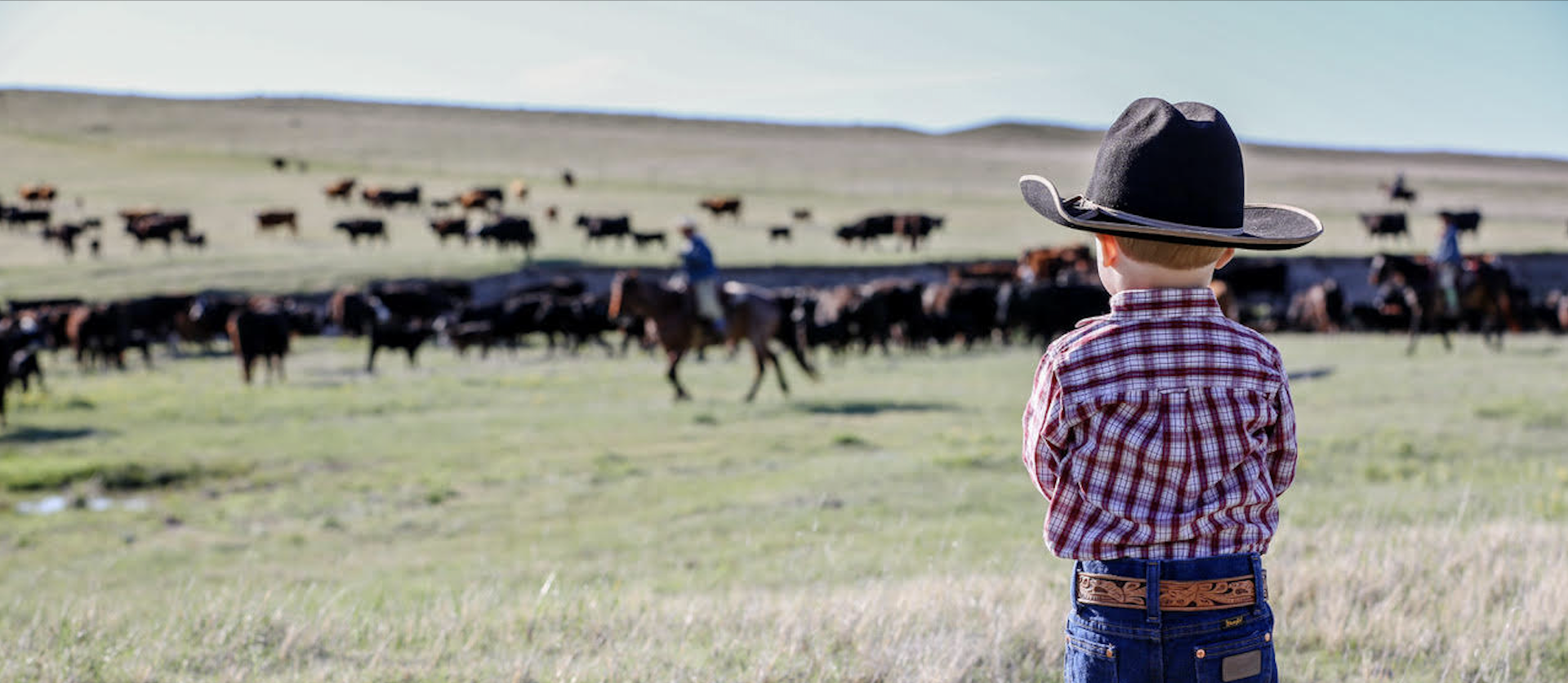How the ancient Jewish 'new year for trees' became an Israeli celebration of nature
Tu BiShvat has religious roots, but early Zionists embraced the day in new, more secular ways.
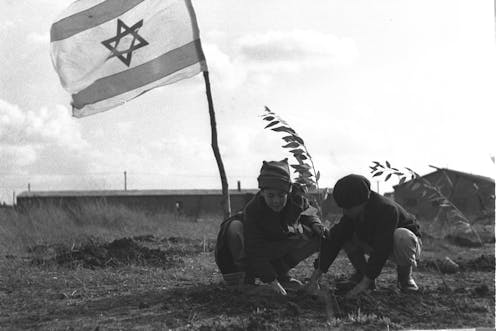
As a professor who researches Israel’s extensive network of hiking trails,, I’ve spent many days and nights in the field, walking long-distance routes and sleeping under the stars. Like many Israelis, the fellow hikers I meet are passionate about venturing out into nature – and at no time is that passion more visible than the Jewish holiday of Tu BiShvat.
Thousands of people will take to Israel’s trails during the holiday sometimes described as “the Jewish Arbor Day.” The history of Tu BiShvat goes back to ancient times, but its meaning has been transformed – especially in Israel, where it has become a celebration of the land that is tightly tied to national identity.
In Israel, after all, it’s difficult to talk about land without talking about politics. Control over land has been at the center of Israel’s conflicts with Palestinians and its neighboring countries – meaning the love of nature can be closely connected with politics and religion.
Ancient roots
The name Tu BiShvat refers to the 15th day of the month of Shvat on the Hebrew calendar. In 2023, it starts on the evening of Feb. 5. Over the next 24 hours, Jewish communities around the world will hold special services, and observant families will eat special foods mentioned in the Bible, like dried fruits and nuts. In Israel, schools and civic institutions will celebrate the country’s plants and trees.
Tu BiShvat began as the “new year for trees” in the Mishnah, a text of Jewish religious law that was written down almost 2,000 years ago. The Bible states that a tree’s fruit cannot be harvested until its fourth year, and that people cannot eat it until the fifth. Rather than make everyone keep track of exactly when every tree was planted, the Mishnah established Tu BiShvat as a sort of birthday for all trees: On that date, every tree was regarded as entering its next year.
After the destruction of the Jewish temple in Jerusalem in the first century and the dispersion of the Jewish people around the world, Tu BiShvat evolved to become a remembrance of Israel.
Jewish mystics in the 16th century observed the “new year for trees” by eating fruits and nuts mentioned in the Bible as the country’s native produce: almonds, figs, dates, olives and so on. Their practices spread to Jewish communities around the world.
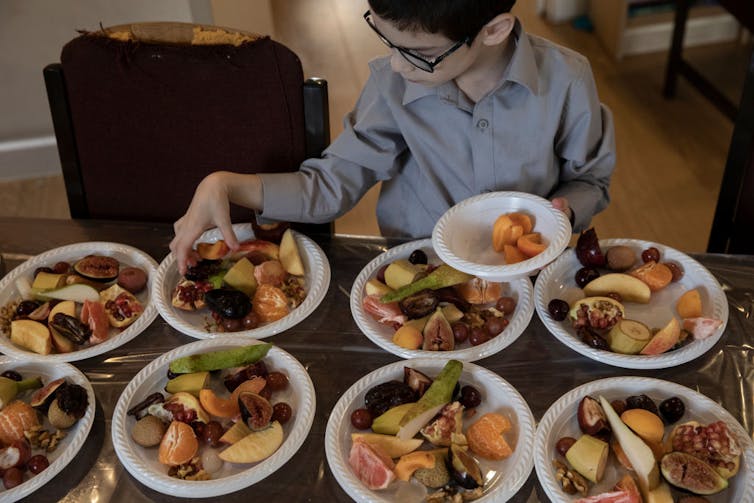
From sacred to secular
Starting in the late 19th century, Zionism emerged as a political movement: the effort to establish a Jewish state in Palestine, which was then under Ottoman control, to help Jews escape antisemitism. Though most Zionists were secular, they saw Tu BiShvat as a tradition that could support their ideological goals.
This was particularly true for the radical youth who came to be known as Israel’s “pioneer” generation. Many of their leaders were revolutionary socialists who came from Eastern Europe, where Jews had historically been denied the ability to own and farm land. They saw connection with the soil as a key component of national life and believed that for Jews, this connection needed to be restored.
These young leaders devoted themselves to agricultural work and came to be known as Labor Zionists. They moved to rural areas, built roads, dug wells, plowed fields and built villages. But these “pioneers” were also mystics in their own way, who created what came to be described as a “religion of labor.” They sought to become one with the land of Israel through their work, but also more intimately through acts like walking barefoot in the dirt, immersing themselves in lakes and streams, and watching their sweat drip into the Earth.
Labor Zionists’ veneration of nature shocked their religious contemporaries, who saw their practices as verging on paganism. But these young activists hardly spent all of their time worshipping the country’s soil and flora and fauna. They were engaged in state-building and helped recast Tu BiShvat as a national holiday that highlighted nature
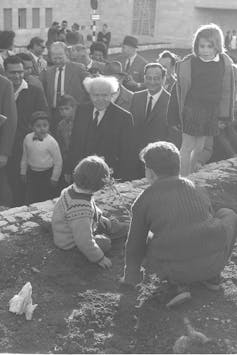
After the State of Israel was established as an independent state in 1948, the holiday was added to the country’s official calendar and marked with huge tree-planting initiatives and hikes for schoolchildren. Amid the early state’s conflicts with its Arab neighbors, one of the holiday’s implicit lessons was that Israelis should love the land enough to be willing to fight for it.
But Tu BiShvat remained centered on love for nature. When Israel’s environmental movement was born in the early 1960s, it organized hikes on Tu BiShvat to raise public awareness of ecologically sensitive areas and to protest state plans for large-scale construction there. Participants viewed hiking not merely as a recreational activity, but as a means of raising environmental awareness.
National or universal?
Many Jewish communities around the world, including in the United States, continue to observe Tu BiShvat in traditional ways. But the holiday’s nationalist lessons handed down by early Zionists still resonate with generations of Israelis, including the hundreds of thousands of hikers who use Israel’s 10,000-kilometer (6,200-mile) trail system to walk the length and breadth of their country.
Meron Benvenisti, an Israeli scholar who grew up organizing youth hikes and planting trees on Tu BiShvat, wrote that even after he became disillusioned with Zionism, its lessons still defined his relationship with nature. “This land is part of me and I am part of it,” he wrote. “My American friends laugh when I tell them that the flowering trees in Central Park seem fake to me.” His deep connection to land in his home country made him feel that Israel was the only place worth living in, or living for.
This sense that some Israelis have of a unique, almost mystical relationship with the land is important to understand in the context of ongoing struggles between Israelis and Palestinians. The West Bank is part of what many Israelis view as the biblical land of Israel. But it is also the homeland of millions of Palestinians who love their land as well and whose presence there is deeply rooted. When the land is endowed with such significance, the stakes in the conflict can only be high.
Yet the use of Tu BiShvat to promote nature preservation also creates space for discussing more universal concerns. Each year, Jewish communities hold events addressing global issues like climate change.
Many Jews embrace a traditional concept called “tikkun olam,” which calls on people to help God “repair the world.” Tu BiShvat has become a day to do this in the most literal sense.
Shay Rabineau does not work for, consult, own shares in or receive funding from any company or organisation that would benefit from this article, and has disclosed no relevant affiliations beyond their academic appointment.
Read These Next
Supreme Court is set to rule on constitutionality of Trump tariffs – but not their wisdom
Justices are currently looking at whether Trump’s tariffs are constitutional. But that ruling won’t…
12 ways the Trump administration dismantled civil rights law and the foundations of inclusive democr
At its one-year mark, the Trump administration is dismantling the systems that once helped the US move…
Thecla, the beast fighter: The saint who faced down lions and killer seals is one of many ‘leading l
The Christian apocrypha, texts not included in the Bible, include stories of Jesus’ female followers…





